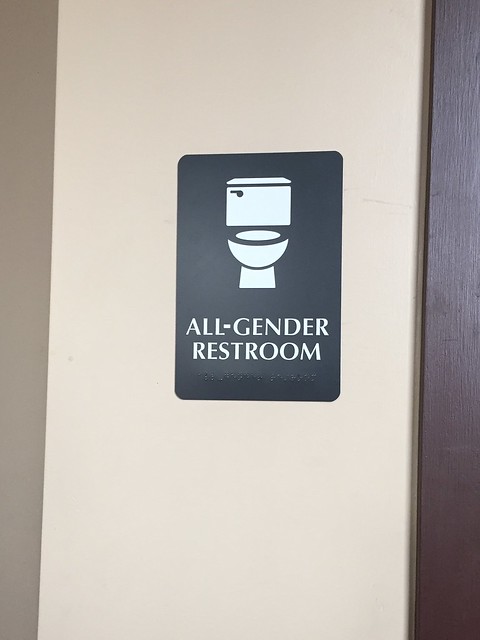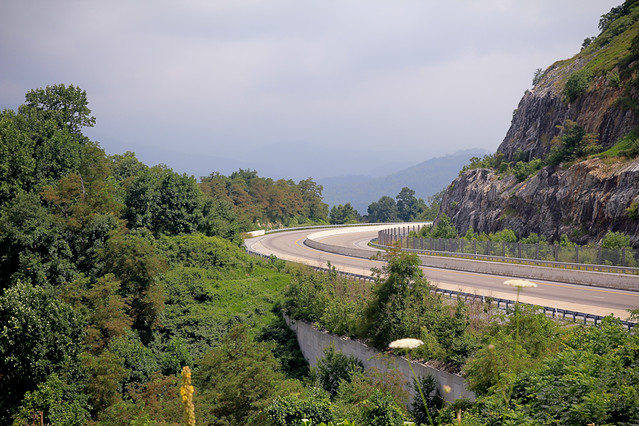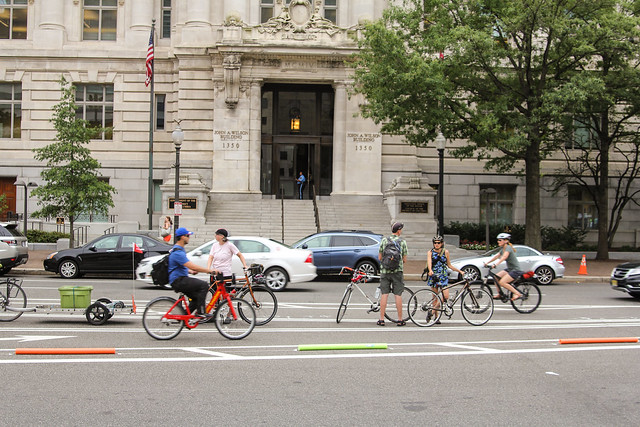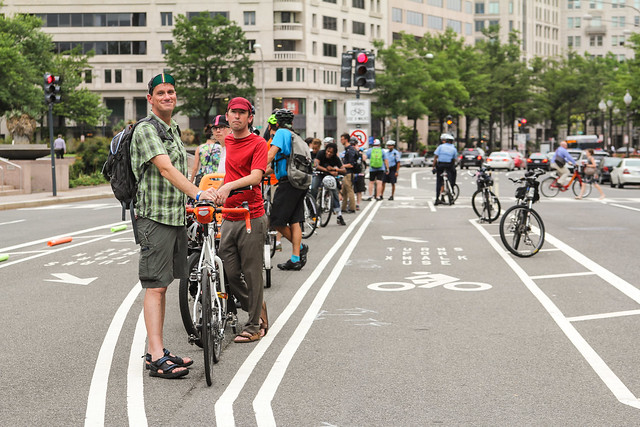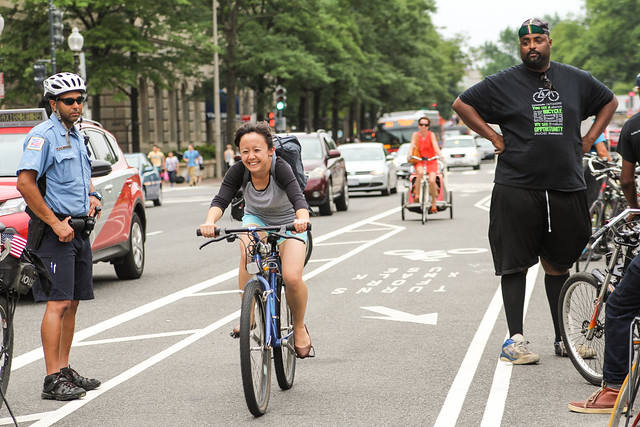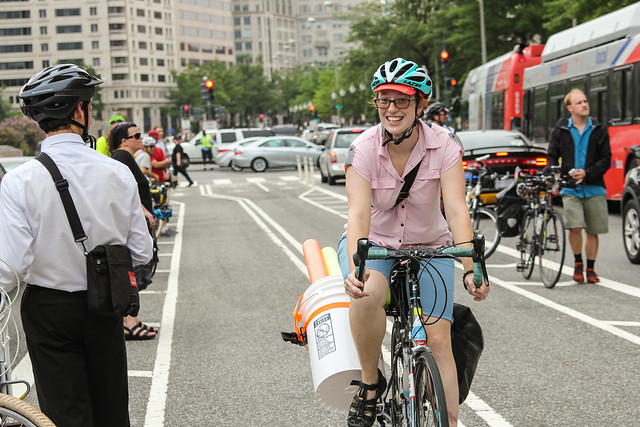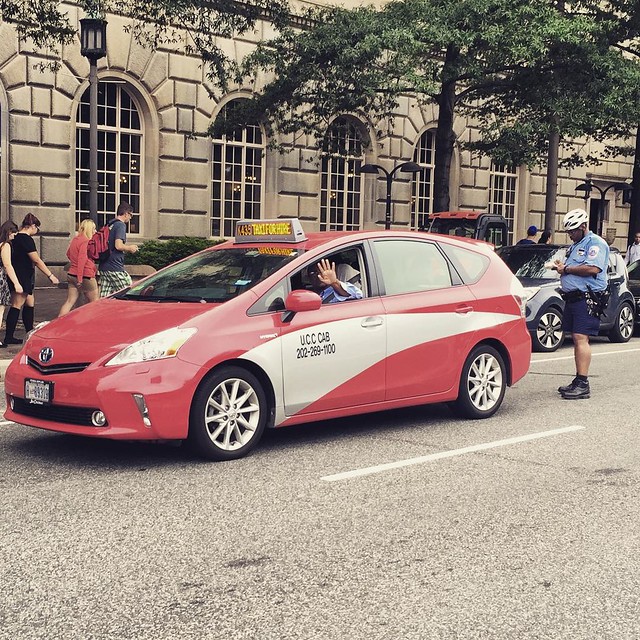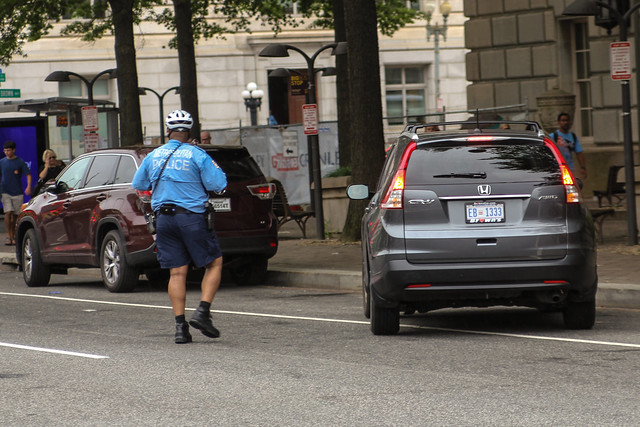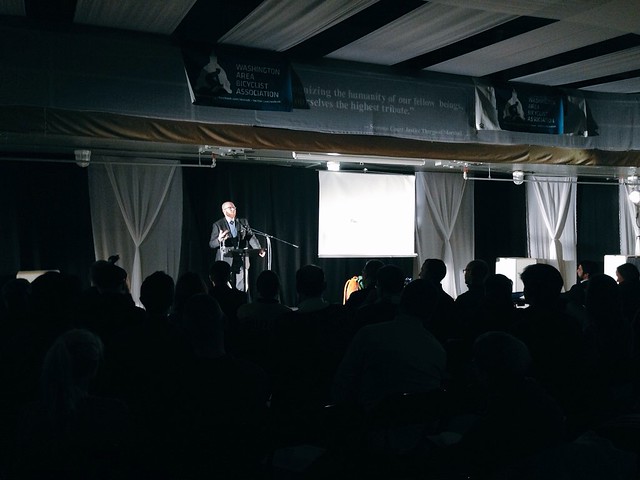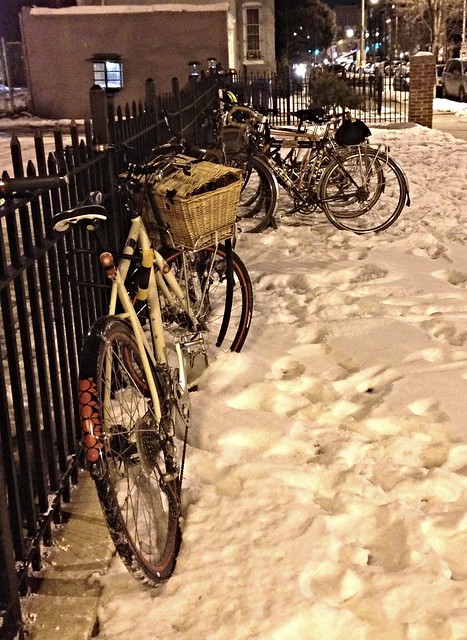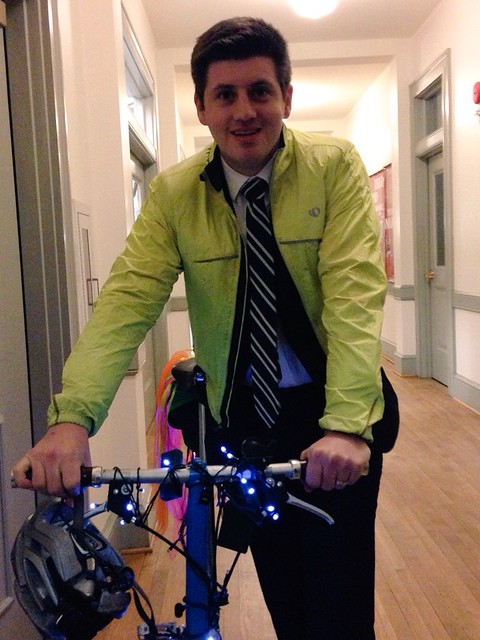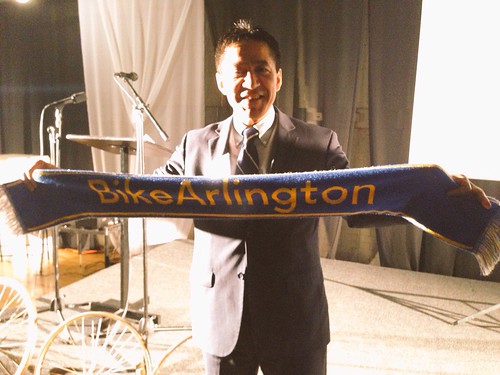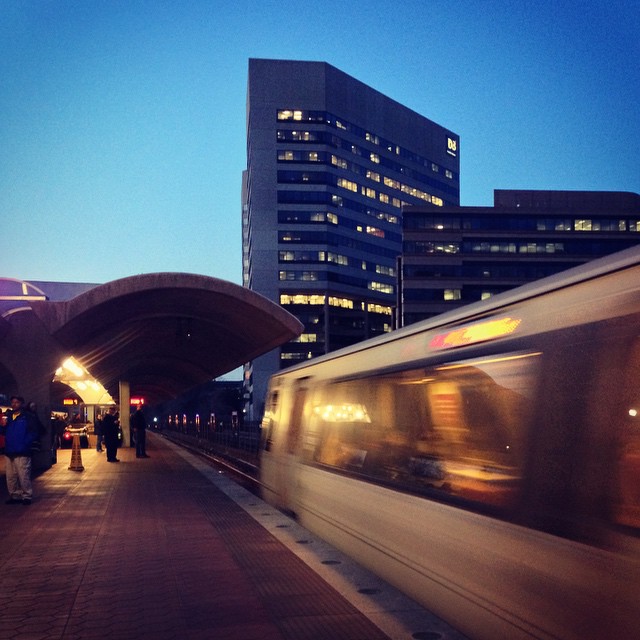
I ask, cause I’m not sure:
Do anybody make real shit anymore?– Kanye West, Stronger
I put off getting a new iPhone as long as possible, waiting until the battery life was mere minutes and I carried a charger every time I left the house.
I knew replacing it would be an ordeal. Months earlier, I had gone to the Apple Store and asked about my options. It took an Apple genius 30 minutes and a complicated diagram to explain the new pricing plans.
Eventually, I upgraded, ordering an iPhone 7 through my carrier, AT&T. FedEx lost it. I called AT&T, who blocked the phone from the network. Then, of course the phone showed up. AT&T unblocked it and then, perversely, decided to block it again the next day, making my phone a shiny, non-operational brick. I tweeted in frustration:
new iPhone doesn’t show up, @ATT blocks, new phone shows up, @att unblocks, and then blocks it again the next day
— Joe Flood (@joeflood) May 12, 2017
@ATTCares responded. Their Twitter account says that they provide support. But they don’t, they just refer you to the website, to an endless customer service chat. On Friday, I went through a lengthy chat where I had to type in various technical data about my phone. They said they would unblock. And I went through the whole process again on Sunday. My phone still doesn’t work.
This isn’t an unusual story. American life these days largely consists of doing battle with broken things.
On Sunday, while I was trying to work all this out, I had to go downtown. Ten years ago, I would’ve taken Metro. I avoid the transit system now. During the week, Metro features breakdowns and beatings, while on the weekends, it barely runs it all.
Instead, I took Capital Bikeshare. I write about CaBi so much because it’s a system that actually works. Swipe your key, hop on a bike, and go.
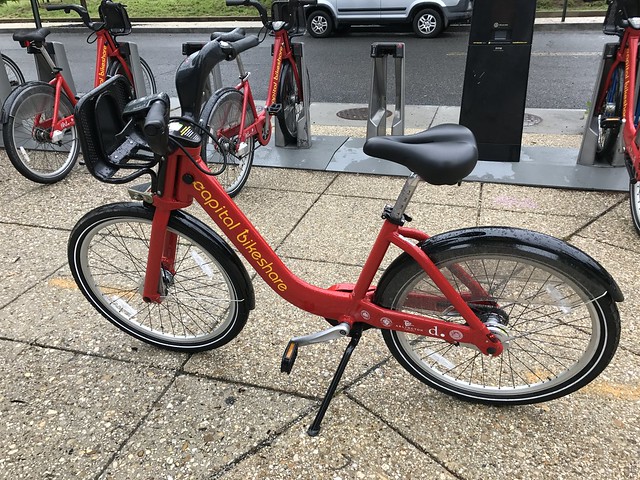
Washington seems to be going backwards in terms of transportation, from heavy rail to bicycles and rickshaws. I fully expect a horse-sharing scheme to emerge within the next couple years.
At least I wasn’t on Amtrak #161, a Twitter saga that also unfolded on Sunday, passengers trapped on a train outside Washington for so long that they had time to order pizza. Their rescue was delayed for want of a stool so that they could climb from one train to another. Richest country in the world.
Romans didn’t just wake up one morning in the ruins of empire. Instead, it was a slow decline. Officials weren’t paid. Water from the aqueducts stopped flowing. Barbarians walked in, unopposed.
We could have a national train system that’s not dependent on a stool. DC could have a safe and efficient Metro (it once did). AT&T could fix problems for customers instead of sending them to chat-based hell.
It’s a choice. As Kanye, bard of our age, asks: Does anybody make real shit anymore?
We can’t cut our way out of crisis. If America is going to move to the next chapter, then it needs to invest in quality once again. We need to make real shit.

